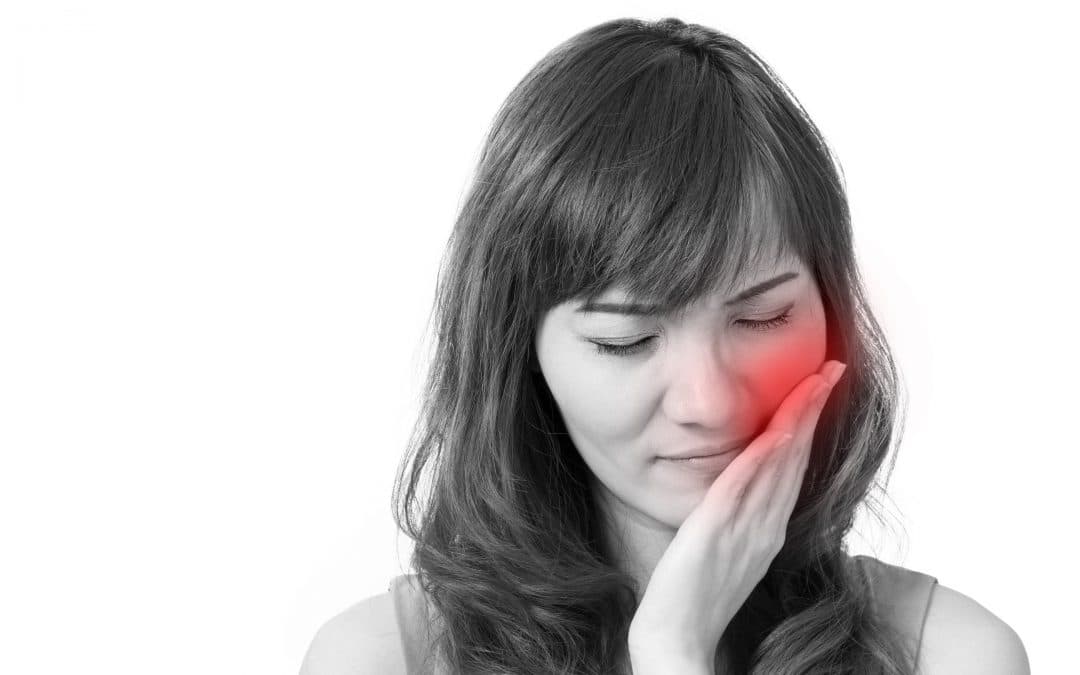People who suffer from headaches may want to consider making an appointment with their dentist as well as their doctor, experts say. Headaches and dental pain have been proven to have a lot in common with each other. Unfortunately, headache and dental pain can form a painful feedback loop as pain centered in the nerves and muscles in the face and neck can trigger headaches, which then can trigger worse jaw and neck pain.
Headaches and toothaches both transmit through the trigeminal nerve, which is the largest sensory nerve in the head. It supplies the face, scalp, jaw, teeth and many intra-oral structures. Therefore, pain in one area of this nerve can activate pain in other branches. In people who get migraines, a toothache can easily trigger them.
Additionally, reflexive behaviours caused by external pain such as jaw clenching or muscle tightening can actually exacerbate and transfer the pain. Because of how interconnected the jaw, head, and neck are, tension and pain is transferred easily between the different areas. Often the tension begins without knowing – a patient will clench or grind their teeth subconsciously which can begin the cycle of headache and oral pain. This cycle can make it difficult for a doctor to determine the actual cause of the initial pain. A dentist trained in orofacial pain may be the best option for help at this point.
If a patient being treated for migraines or headaches is not seeing relief from the initial methods of treatment, they may be next referred to a dentist for evaluation. Because both oral pain and headaches have a great deal in common with one another, and because the initial cause can be difficult to determine, it is important for patients to work together with both their doctor and their dentist to target the cause of their pain an end the cycle.


